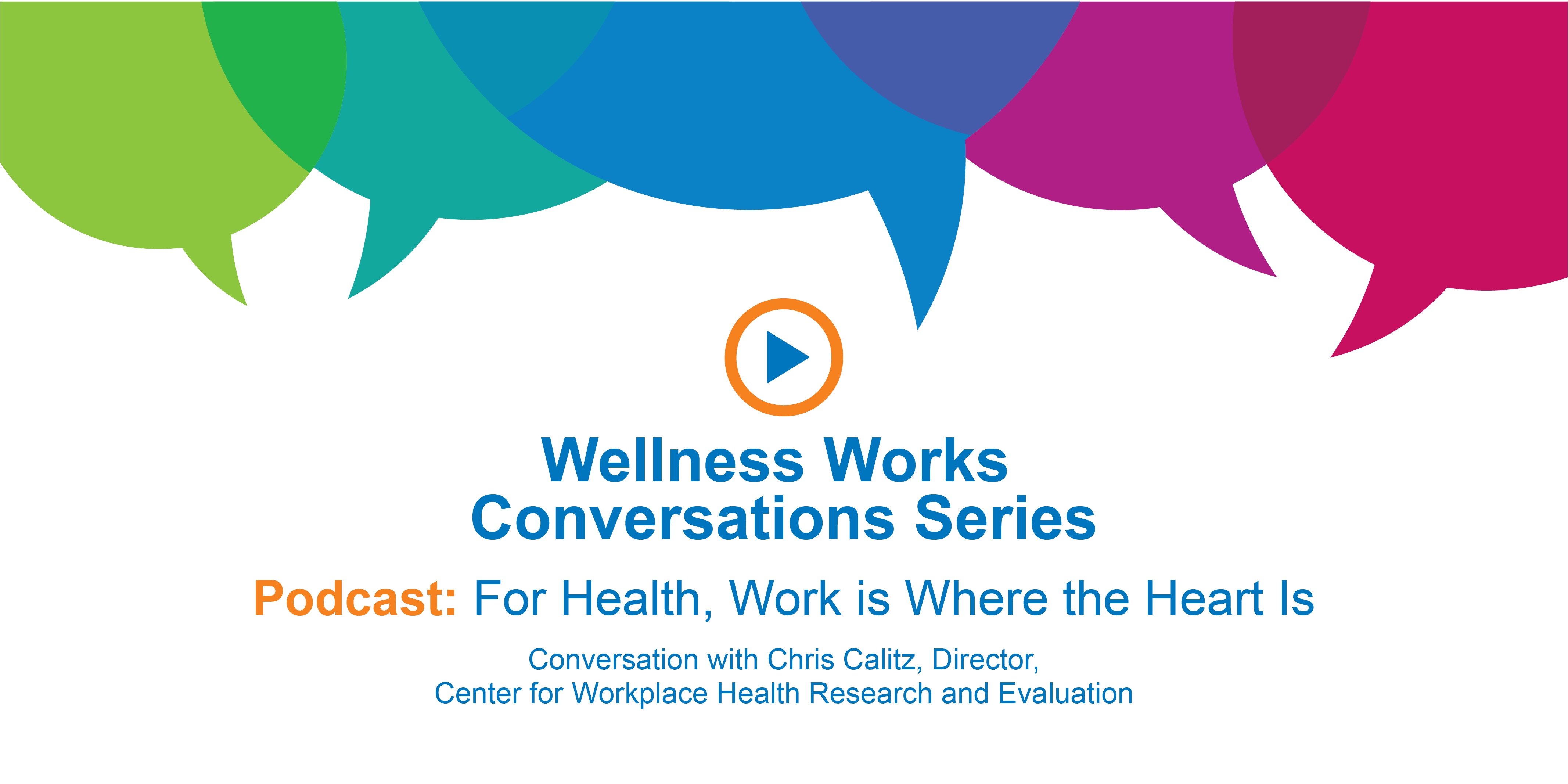Transparency is extremely important to us, so we are letting you know that we may receive a commission on some of links you click on from this page. See our disclaimer.
Harvard Business Review continues its discussion of how impactful wellness programs can be with a post that states: “Not only are wellness programs valuable for the organizations and their employees, as his data states, they are our biggest hope for fixing a national health crisis.”
The piece, written by two “designers and researchers who have spent the better part of two years creating a system of healthy living for a huge national populace,” further says: “As part of a project with the Department of Defense, we recently researched over 20 award-winning and recognized workplace wellness systems, at companies such as Johnson & Johnson, L.L. Bean, and Safeway. We saw these leading organizations owning the responsibility to change how people interact with healthcare, in a way that government or healthcare organizations have been unable to do.”
“The organizations with the greatest success are managing to shift people’s relationship with health from one where health is something thought about and ‘practiced' annually at the doctor’s office, to one where health is practiced daily through small lifestyle habits. The more proactive stance toward health they have established feeds off of itself and enhances employee lives, even while reducing future costs. For the organizations in our study, this translates into average annual health care cost increases of 1 to 2 percent compared to the 7 percent national average.”
The authors list three keys to running a successful program:
“Put it in Surround Sound: The best wellness programs bring the built environment, company policies, and leadership messaging under a single mission of wellness.” A Safeway example shows that “creating a seamless wellness experience has resulted in participation rates of over 80 percent.”
“Keep it Personal: When health is made personal and put in real-life terms, people discover the value that health can hold in their lives — and that provides the strong call to action.” A Johnson & Johnson example shows that “making the program more relevant to everyday life dramatically increased the number of people engaging in it; it has now reached 90 percent employee participation.”
“Make it a Collective Effort: Wellness needs to be done with employees, not to them, or the effects won’t last. When employees feel a system is their own, engagement increases. The best programs actively design for ‘grassroots' partnership and harness the power of shared accountability to sustain engagement.”



0 Comments